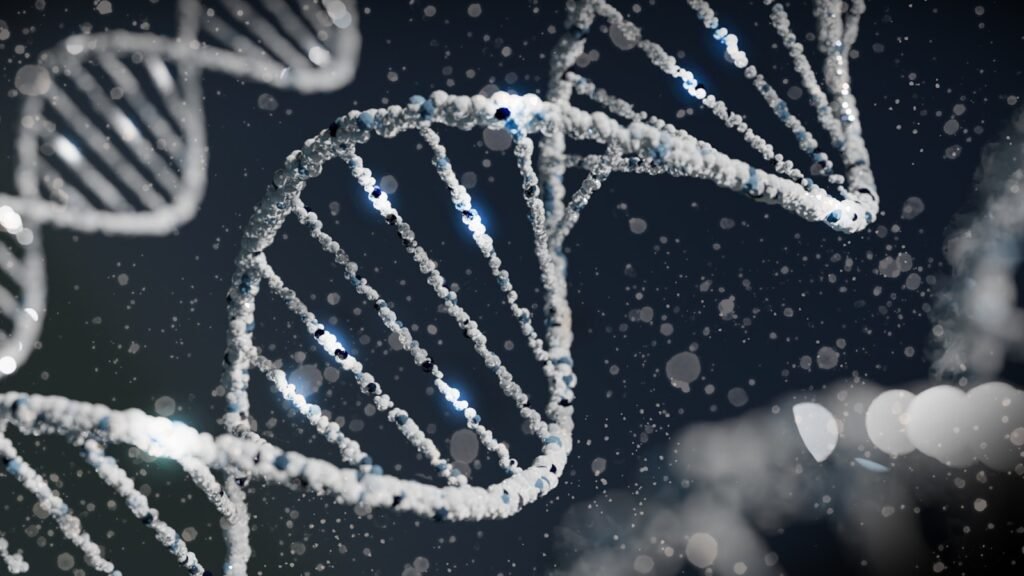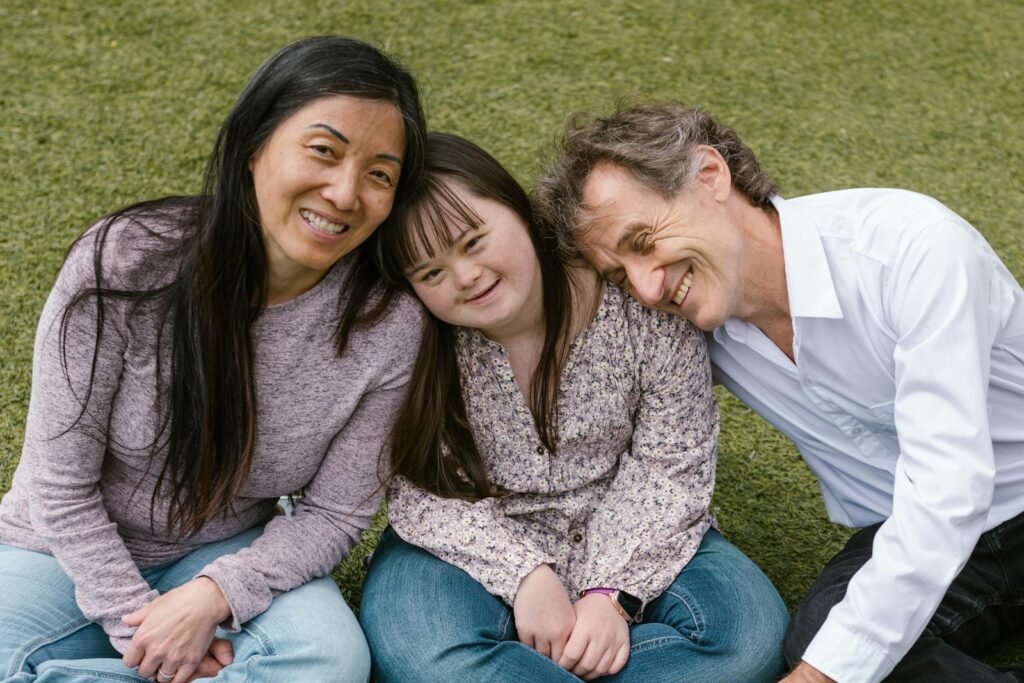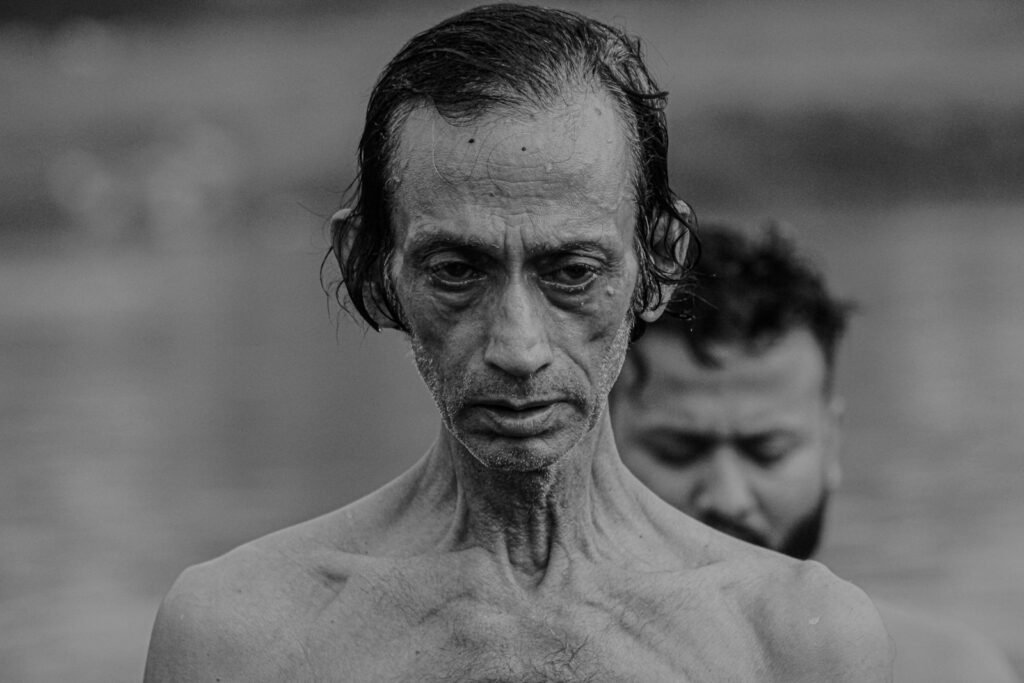Imagine waking up in your 20s with brittle bones, cataracts, graying hair of a 70-year-old, and unhealing wounds. For those with Werner syndrome, a rare genetic condition causing terrible acceleration of aging, this is their reality. Often referred to as “adult progeria,” this disorder compresses decades of decline into just years rather than merely mimics aging. Patients without a cure must constantly be attacked by age-related diseases, from diabetes to cancer, usually dying by their mid-50s. But innovative studies are revealing unexpected treatments from diabetes medications to vitamin derivatives that might slow this biological time bomb. Science tells us about this terrible syndrome and the flickering hope that labs all around show.
The Genetic Glitch That Steals Youth

Mutations in the WRN gene, which generates a protein essential for DNA stability and repair, cause Werner syndrome. Fixing broken DNA strands and preserving telomeres the protective caps on chromosomes that erode with age this protein functions like a molecular handyman. Defective WRN genes cause improper DNA repair in cells, which accelerates their death. Most of the over eighty distinct mutations found have truncated the protein and made it useless.
Werner syndrome strikes in adolescence or early adulthood unlike childhood progeria (Hutchinson-Gilford syndrome). Up until their late teens, when their bodies start aging five to ten times faster than average, patients grow normally. Many have the medical profile of an elderly person by their 30s: cataracts, osteoporosis, diabetes, and severe atherosclerosis.
A Geographic Mystery: Why Japan Has More Cases

Affecting 1 in 100,000 worldwide, Werner syndrome is vanishingly rare; in Japan, the rate leaps to 1 in 20,000, 40,000, a difference connected to the “founder effect.” When a small, isolated population passes down mutations more regularly, a genetic bottleneck results. Some WRN variants became ingrained in Japan, maybe from past intermarriage in rural areas.
Higher cases reported by Sardinia also point to other founder hotspots. In the United States, meanwhile, just 1 in 200,000 are afflicted. These clusters are being investigated by geneticists to help explain why some mutations predominate in particular areas and whether hidden protective elements exist in other populations.
The Body’s Collapse: From Gray Hair to Heart Attacks

The symptoms of the syndrome seem to be a cruel list of aging:
- Early graying and balding (by 25 years old)
- Many times requiring surgery in their 20s, cataracts
- Seventy percent of patients suffer with chronic, non-healing wounds called skin ulcers.
- High pitched voice resulting from vocal cord atrophy.
- “Bird-like” facial traits with sunken eyes and pinched nose.
Still, the worst hazards are internal. Many patients have type 2 diabetes, atherosclerosis, and cancers especially thyroid cancer and sarcomas by their 30s. Though modern treatment is pushing survival into the late 50s, heart attacks and strokes are leading killers with the average lifespan just 54 years.
Surprising Treatments: From Diabetes Drugs to Vitamin B3

Although there is no cure, studies are using everyday medications to reduce symptoms:
- Pioglitazone is a diabetic drug.
- A 2024 study found that by lowering inflammation, it lessened skin ulcers in Werner patients. A few studies are even looking at it in topical gel form.
- Nicotinamide Riboside (NR), a vitamin B3 derivative
- A 2025 trial found NR raised NAD+ levels, improving cardiovascular health and reducing ulcers. It might also slow down kidney decline.
- Stem Cell and Gene Therapy Research Projects
- While CRISpen might one day fix WRN mutations, lab studies indicate telomerase activation could postpone cell aging.
Though they are not magic bullets, these are the first real hope for lessening the effects of the syndrome.
The Heartbreaking Dilemma: Should Carriers Have Kids?

Given autosomal recessive Werner syndrome, both parents must have a defective WRN gene for their offspring. Although they show no symptoms, carriers (1 in 200 individuals in Japan) run the risk of having affected children should their partner be a carrier.
For families with a history of the disease, preimplantation genetic testing (PGT) offers a way to screen embryos during IVF. Still, the choice hurts:
- Many couples battle moral questions, remorse, and concerns about passing on pain.
- Costing thousands, IVF and PGT offer no assurance of success.
Though genetic counseling is crucial, even with tests the harsh randomness in inheritance of the syndrome cannot be prevented.
What Werner Syndrome Teaches Us About Aging
Beyond its infrequency, Werner syndrome offers a window into typical aging. Scientists examine it in order to grasp:
- Why then do telomeres get shorter?
- How gradually does DNA damage mount up?
- Why do some organs drop more quickly than others?
Tested in Werner patients, drugs like NR and pioglitazone could one day help delay aging in healthy adults, transforming this terrible disease into an unexpected key to longevity research.
Conclusion: A Race Against Time

Every birthday for Werner syndrome sufferers is a difficult triumph. But with modern studies and a better understanding of the function of the WRN gene, science is moving toward treatments that might buy them and maybe all of us more healthy years. Their lives highlight a terrible reality until then: aging is not only a process. Some find that their genetic time bomb is ticking far too quickly.
Sources:

Suhail Ahmed is a passionate digital professional and nature enthusiast with over 8 years of experience in content strategy, SEO, web development, and digital operations. Alongside his freelance journey, Suhail actively contributes to nature and wildlife platforms like Discover Wildlife, where he channels his curiosity for the planet into engaging, educational storytelling.
With a strong background in managing digital ecosystems — from ecommerce stores and WordPress websites to social media and automation — Suhail merges technical precision with creative insight. His content reflects a rare balance: SEO-friendly yet deeply human, data-informed yet emotionally resonant.
Driven by a love for discovery and storytelling, Suhail believes in using digital platforms to amplify causes that matter — especially those protecting Earth’s biodiversity and inspiring sustainable living. Whether he’s managing online projects or crafting wildlife content, his goal remains the same: to inform, inspire, and leave a positive digital footprint.




